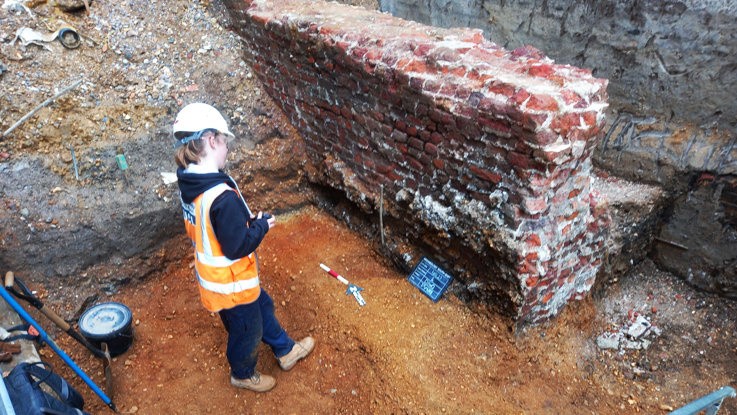Amid excavations at London's National Gallery, remnants of a Saxon town named Lundenwic were found last Feb. 5 right beneath where the institution stands today.
The finding was announced in a press release by University College London, whose Institute of Archaeology partly comprises the Archaeology South-East where the expert archaeologists behind the discovery operate under.
The dig initiative is for the Jubilee Walk, a section of the National Gallery at the North End of Trafalgar Square, and is part of the institution's "NG200: Welcome" redevelopment project initiated as part of the Gallery's 200th anniversary celebrations.

Saxon-Era London Reaches Farther in the West, the Report Says
The 7th-century Saxon settlement, which was a walled Roman city called Londinium during the 5th century, actually covered a larger area than previously believed, as per the discovery.
Known primarily as a trading center that has a waterfront, the area already yielded clues that pointed towards this insight, however, it is only from the recent discovery that inkling is proven undoubtedly.
From the excavations, the archaeologists unearthed artifacts like a hearth, postholes, stakeholders, pits, ditches, and leveling deposits. Carbon dating data, specifically of the hearth, revealed a date that suggested that the town was earliest occupied between 659 to 774 AD.
A level above these Saxon "layers" were post-medieval walls that were believed to have been built around the 17th to 18th centuries. In fact, experts have recorded differing phases of this "wall-building" across decades and even centuries up until the 19th century, using a variety of materials.
Of this discovery, excavation lead from Archaeology South-East Stephen White was quoted in the release saying: "Excavating at the National Gallery was an incredible opportunity to investigate interesting archaeology and to be involved with some truly outstanding outreach."
"This was made all the more exciting by having the chance to share that information, and how it relates to archaeology across London, with young people from this city," he continued.